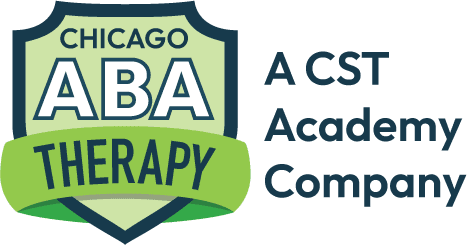Nonverbal behaviors play a crucial role in communication and understanding human interactions. In the context of Applied Behavior Analysis (ABA) therapy, recognizing and interpreting nonverbal behaviors is essential for developing effective intervention strategies. This article delves into the intricacies of nonverbal behaviors, their importance in ABA therapy, and practical tips for parents and therapists working with children on the autism spectrum.
What are Nonverbal Behaviors?
Nonverbal behaviors encompass a wide range of physical actions, gestures, facial expressions, and other non-verbal cues that communicate information without the use of words. These behaviors can convey emotions, intentions, and social signals that are integral to effective communication. Key types of nonverbal behaviors include:
- Facial Expressions: Emotions such as happiness, sadness, anger, and surprise are often expressed through facial movements.
- Gestures: Hand movements, nodding, or shaking the head are common gestures that enhance verbal communication or can stand alone to convey meaning.
- Body Language: Posture, stance, and movement can indicate a person’s feelings or attitudes.
- Eye Contact: The use of eye contact can regulate interactions, convey interest or disinterest, and express social cues.
- Proxemics: This refers to the physical distance maintained during interactions, which can vary based on cultural norms and personal preferences.
The Importance of Nonverbal Behaviors in ABA Therapy
In ABA therapy, understanding and utilizing nonverbal behaviors are vital for several reasons:
- Enhancing Communication: Many children with autism spectrum disorder (ASD) may have difficulties with verbal communication. Nonverbal behaviors provide alternative ways for these children to express themselves and understand others.
- Building Social Skills: Interpreting and using nonverbal cues can help children with ASD navigate social interactions more effectively.
- Improving Behavioral Interventions: Therapists can use nonverbal cues to reinforce positive behaviors and discourage negative ones.
- Assessing Progress: Nonverbal behaviors can serve as indicators of a child’s emotional state and response to therapy, providing valuable feedback for adjusting treatment plans.
Common Nonverbal Behaviors in Children with ASD
Children with ASD may exhibit unique patterns of nonverbal behavior. Recognizing these patterns can aid in developing targeted interventions. Some common nonverbal behaviors in children with ASD include:
- Limited Eye Contact: Children with ASD may avoid making eye contact, which can affect their ability to engage in social interactions.
- Repetitive Movements: Hand-flapping, rocking, or other repetitive motions are common nonverbal behaviors in children with ASD.
- Atypical Facial Expressions: Some children with ASD may have difficulty expressing or recognizing typical facial expressions.
- Unusual Gestures: Children with ASD might use gestures that are not commonly understood or may not use gestures at all.
- Proximity Issues: They may stand too close or too far from others, not adhering to typical social norms regarding personal space.
Strategies for Enhancing Nonverbal Communication in ABA Therapy
To support children with ASD in developing nonverbal communication skills, therapists and parents can employ various strategies:
- Modeling and Imitation: Demonstrating appropriate nonverbal behaviors and encouraging children to imitate them can be effective in teaching these skills.
- Social Stories: These are personalized short stories that depict common social scenarios and the corresponding nonverbal behaviors, helping children understand and practice them.
- Role-Playing: Engaging in role-playing activities allows children to practice nonverbal communication in a controlled and supportive environment.
- Positive Reinforcement: Reinforcing appropriate nonverbal behaviors with praise or rewards can motivate children to use these behaviors more frequently.
- Visual Supports: Using visual aids such as pictures or videos can help children understand and remember nonverbal cues.
Practical Tips for Parents and Caregivers
Parents and caregivers play a pivotal role in supporting the development of nonverbal communication skills in children with ASD. Here are some practical tips:
- Observe and Interpret: Pay close attention to your child’s nonverbal behaviors to understand their needs and emotions better.
- Be Patient: Developing nonverbal communication skills can take time, so it’s important to be patient and consistent in your efforts.
- Create Opportunities: Provide plenty of opportunities for your child to practice nonverbal communication in everyday situations.
- Use Clear Cues: When communicating with your child, use clear and consistent nonverbal cues to reinforce your message.
- Seek Professional Guidance: Working with an ABA therapist can provide you with additional strategies and support tailored to your child’s needs.
Conclusion
Nonverbal behaviors are a fundamental aspect of communication, especially for children with autism spectrum disorder. By understanding and fostering these behaviors, parents and therapists can significantly enhance the effectiveness of ABA therapy and improve the social and emotional well-being of children with ASD. Whether through modeling, reinforcement, or visual supports, integrating nonverbal communication strategies into everyday interactions can lead to meaningful progress and a better quality of life for these children.








